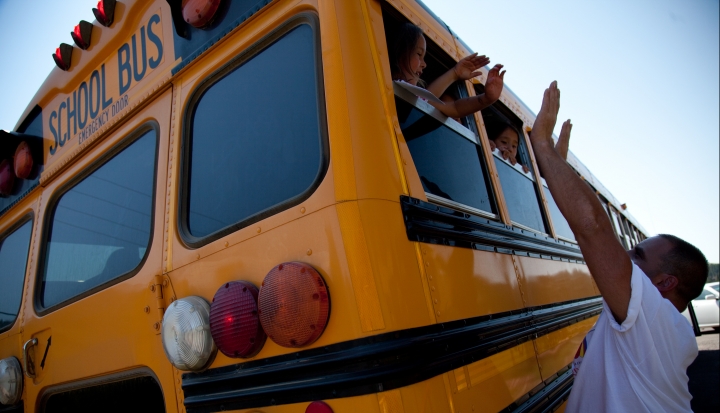This time it happened in Atlanta.
Another gunman. Another school.
A 20-year old man in Decatur, Ga. walked into the school armed with an assault rifle, supposedly following a parent who had come into the building through their security doors. He came into the school intending to kill people, and was prepared to die himself. By now, we know the story.
But this time it was different. This was not Sandy Hook.
This time, no one was injured. Though some fire was exchanged between the young man and police officers outside of the school, the gunman ultimately surrendered before anyone was hurt. He is now in custody and has been charged with a number of offenses, including aggravated assault on a police officer and terroristic threats.
But what is truly remarkable about this story is the fact that it seems like the reason no one was injured was thanks to a school clerk who, while being held captive by this young man, started talking to him. Antoinette Tuff said that she started praying for the gunman, talking to him, telling him her life story. She asked the young man his name, and by talking to him, she managed to talk him out of going on a killing spree, and in the end, she talked him into laying down his weapons and turning himself over. The children were all evacuated from the school and safely reunited with their families.
We’ve heard it said that the pen is mightier than the sword. It turns out, a human voice may be mightier than the assault rifle.
In all of the fallout after Sandy Hook, there has been a lot of talking about how to better protect schools. Some suggestions even include arming the teachers and other school employees with firearms. But after this incident in Georgia, might we consider training teachers and school employees in crisis de-escalation? This would allow for the possibility of giving teachers and staff some critical tools for handling these kinds of situations if they do come up, without the necessity of keeping guns in schools.
Of course, the nature of these kinds of crises is that they are unpredictable and dangerous. No approach is guaranteed to work every single time. So we need to be working on preventing the crisis in the first place. But so long as our first impulse is to react to violence with more violence, (in other words, more guns) we cannot possibly have a realistic hope for any kind of lasting peace. Given the option of using a gun, we leave the instruments of empathy and common humanity behind.
All I am saying, is give peace a chance.
Image: By Andrea Booher (This image is from the FEMA Photo Library.) [Public domain], via Wikimedia Commons








